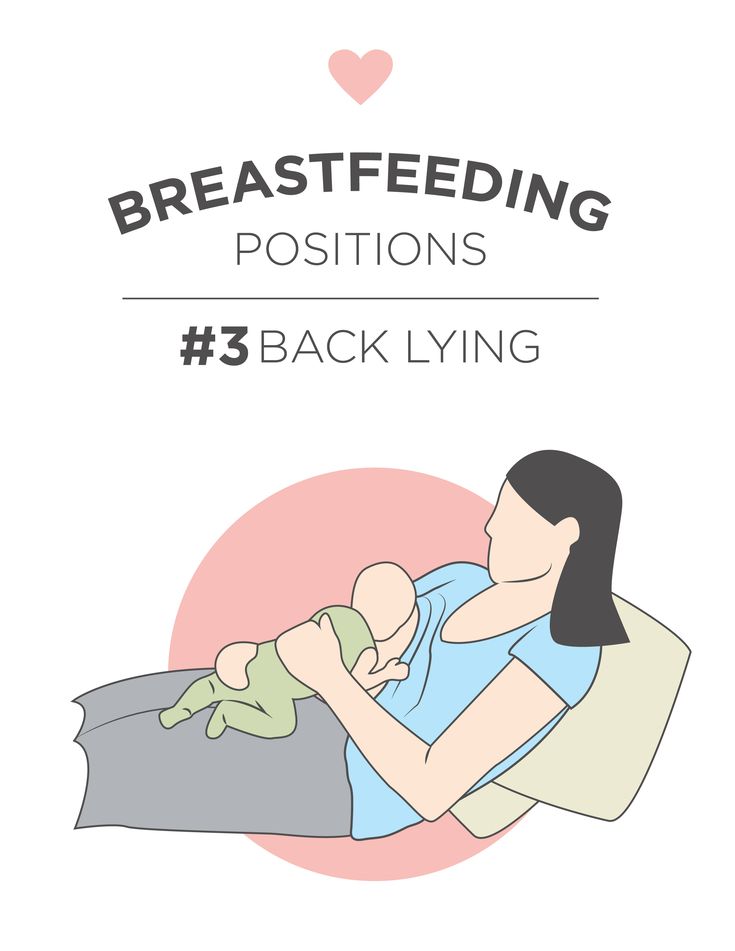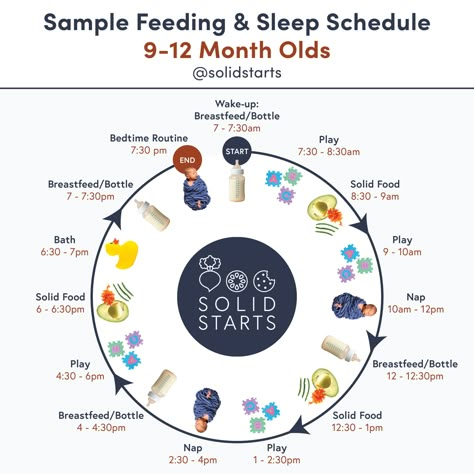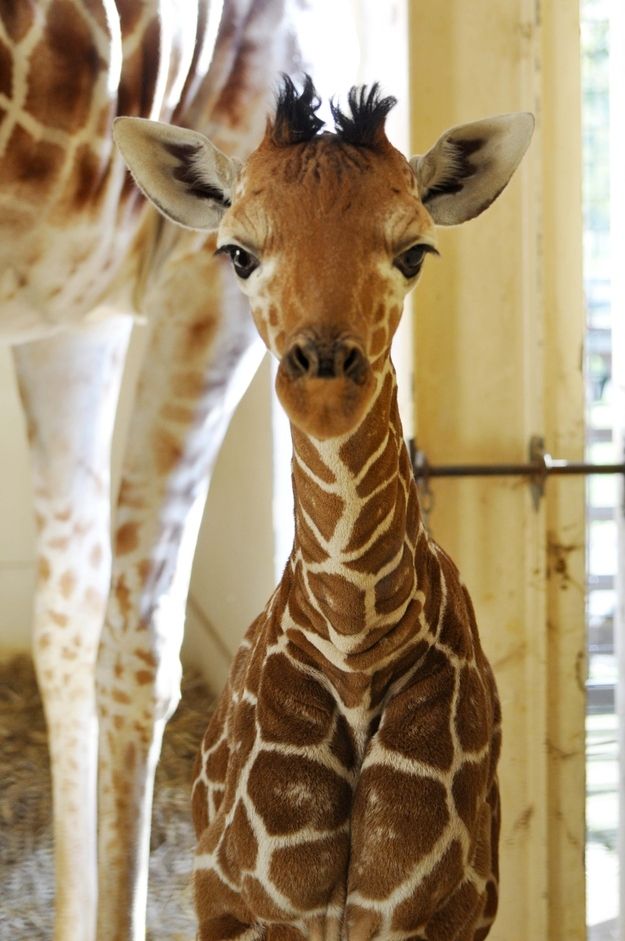How to feed baby while lying down
Breastfeeding Positions | Feeding Your Baby
Breastfeeding takes practice. It takes time to work out which positions feel best – try them all out to see which feels best.
- Latching on
- Breastfeeding positions
- Burping your baby
Breastfeeding positions
Before you breastfeed your baby, have a drink beside you – something thirst quenching like a big glass of water. There are a few different breastfeeding positions you can try, these are 3 of the most popular:
Cradle hold
This is the probably the most popular breastfeeding position. However, if you've had a caesarean, this may be uncomfortable as your baby lies across your tummy near the scar (try lying on your side or the rugby hold instead). For the cradle hold, sit in a comfy chair with arm rests, or a bed with cushions or pillows around you.
-
Lie your baby across your lap, facing you.
-
Place your baby's head on your forearm – nose towards your nipple.
Your hand should support the length of their body.
-
Place your baby's lower arm under yours.
-
Check to make sure your baby's ear, shoulder and hip are in a straight line.
Here is a top tip…
If you're sitting on a chair, rest your feet on a stool or small table – this will stop you from leaning forward which can make your back ache.
Lying on your side
This is a good position if you've had a caesarean or difficult delivery, or if you're breastfeeding in the middle of the night.
-
Start by getting comfy lying on your side. Your baby lies facing you, so you are tummy to tummy. Check to make sure your baby's ear, shoulder and hip are in a straight line – not twisted.
-
Put some cushions or pillows behind you for support. A rolled up baby blanket placed behind your baby will help support them - remember to remove it after you have finished feeding.
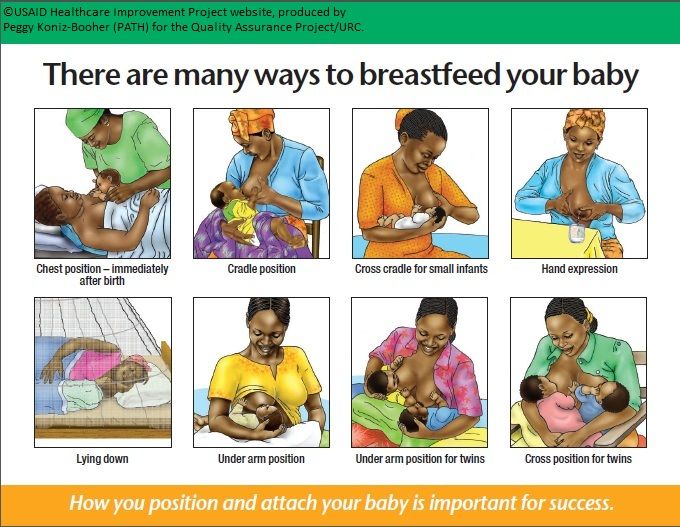 If you've got a pillow under your head, make sure it's not too close to your baby's head or face.
If you've got a pillow under your head, make sure it's not too close to your baby's head or face. -
Tuck the arm you're lying on under your head or pillow (ensuring your baby's position isn't altered by the pillow) and use your free arm to support and guide your baby's head to your breast.
Laid-back nursing
Laid-back breastfeeding, also known as "biological nursing", is when you lie back in a comfortable semi-reclined position on a comfy sofa or bed. If you have had a caesarean section (c-section), your baby can lie across you and away from your incision.
-
Lean back (but not flat) on a sofa or bed.
-
Prop yourself up with cushions or pillows so your back, shoulders and neck feel supported.
-
When you are comfortable, place your baby on your front. Their tummy should be resting on your tummy – but if this is uncomfortable, lie them to one side.
-
Make sure you are upright enough to look into your baby's eyes
-
While supporting your baby, gently guide your baby to your nipple.
 For more information, have a look at this video on laid back nursing..
For more information, have a look at this video on laid back nursing..
Rugby hold (or the ‘clutch’)
The rugby hold is a good position for twins as you can feed them at the same time, as well as caesarean babies as there's no pressure on the tummy and scar area.
-
Sit in a chair with a cushion or pillow along your side.
-
Position your baby at your side (the side you want to feed from), under your arm, with their hips close to your hips.
-
Your baby's nose should be level with your nipple.
-
Support your baby's neck with the palm of your hand.
-
Gently guide them to your nipple.
Further help
Have a look at this video on breastfeeding positions for more help and guidance.
Breastfeeding Friend from Start for life
The Breastfeeding Friend, a digital tool from Start for Life, has lots of useful information and expert advice to share with you – and because it's a digital tool, you can access it 24 / 7.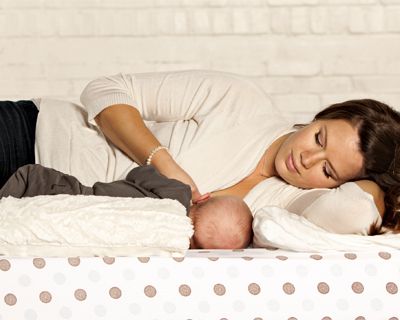
How and When to Do It
You see your baby smacking their lips and sticking out their tongue, and you know it’s time to feed them. But you’re feeling groggy, exhausted, and physically weak. How are you possibly going to get through another feeding?
Breastfeeding your baby every 2 to 3 hours is hard work! You deserve a break, and breastfeeding while lying on your side can help you relax. You can rest while also bonding with and feeding your baby.
Sound too good to be true? It’s not! Breastfeeding on your side is considered one of the most popular breastfeeding positions. It just might be worth a try.
One of the best parts of side lying breastfeeding is having the opportunity to rest your body while feeding your baby. Allow us to walk you through some simple steps to make it a comfy experience for both you and your baby:
- Place your baby on their back in the middle of the floor or on a large bed. If you’re on a bed, remember to keep loose sheets, blankets, and pillows away from baby’s face to minimize risk.
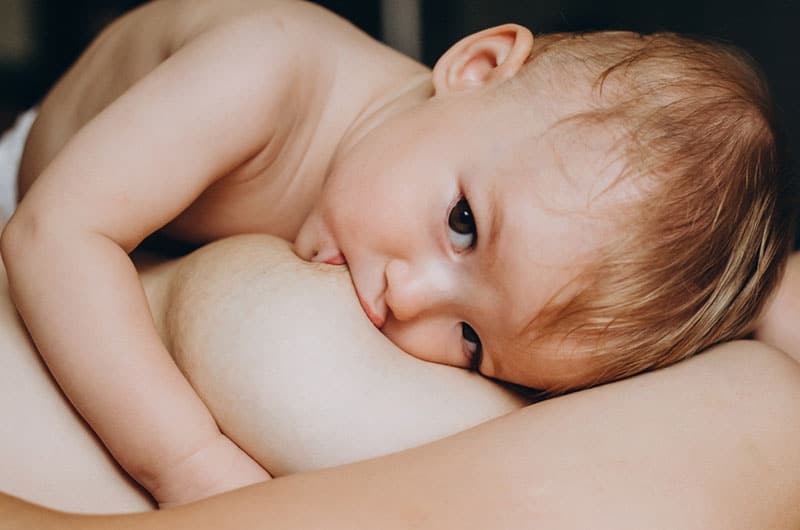
- Lie down next to your baby, with your stomach lined up near baby’s head. You can use a pillow under your head, just make sure that it’s in a place that your little one can’t reach it! (You can also use a pillow as back support or between your legs if that will make you more comfortable lying on your side.)
- Slide your little one up so their nose is level with your nipple and your arm is above their head. Or cradle baby with their back along your forearm. (But don’t rest baby’s head on your upper arm.)
- Roll your baby onto their side pulling their hips or knees close to your hips. (Your spine and your baby’s spine may form a “V” shape.) You can put a rolled blanket or pillow behind baby’s back to support them and prevent them from rolling away from you. Encourage baby’s nose to make contact with your nipple, but do not squash their face into your breast!
- Try to position baby so their ear, shoulder, and hip are in one line. This will help them get milk more easily.

- If needed, use the arm not resting on the bed to shape your breast and guide it into your baby’s mouth. However, many babies (especially older babies) will naturally latch on their own.
You may find that it is most comfortable to roll yourself and your baby to the other side to drain the second breast. If this is the case, you’ll want to follow the same latching routine described above, facing the opposite direction.
Some breastfeeding parents find that once the lower breast is empty, they can simply lean forward and feed their baby off their full top breast. If you choose to do this, make sure to completely drain the lower breast first.
Occasionally women will find that their breasts don’t drain fully or evenly after feeding in the side-lying position. Excess milk in your breasts can lead to engorgement, plugged ducts, mastitis, or a decrease in milk supply, so you’ll want to keep a lookout for this!
If your breasts aren’t fully draining, you should consider sitting up to finish the feed or expressing some milk to make sure that your breasts are appropriately drained.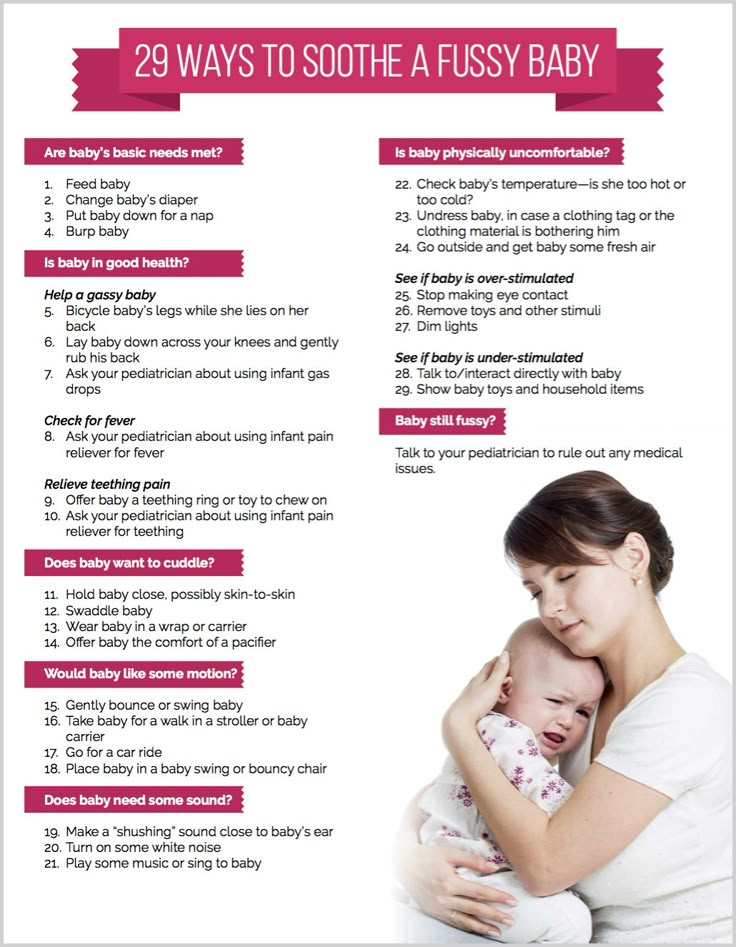
If you’re feeling tired, side lying breastfeeding is a great option to help you and baby get a little more rest. But remember: The American Academy of Pediatrics (AAP) still recommends that you and your baby return to separate sleep surfaces after the feeding is done.
Side lying breastfeeding may also be a good position if you had a cesarean delivery. Being able to lie down and not have the baby put weight on your scar is certainly appealing as you heal.
You might choose to use side lying breastfeeding to feed your baby during your recovery period. If you gave birth at a hospital, the hospital bed rails can help you feel confident that your little one won’t roll backwards during the feeding, which is an added bonus!
If you have oversupply or a forceful letdown, side lying breastfeeding can help your baby manage the flow of milk. When you lie on your side, gravity has less effect on your milk letdown, and your baby can more easily let extra milk dribble out of the corners of their mouth.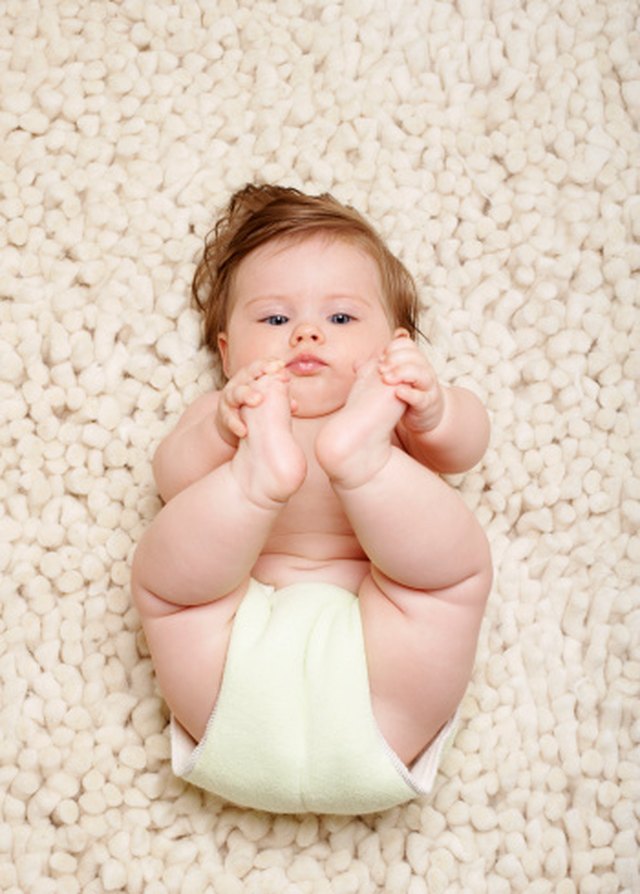
If you have larger breasts and struggle to help your baby find the right position, side lying breastfeeding can make it easier for baby latch.
Figuring out the picture-perfect latch can take a while! No one position is guaranteed to bring success for you and your little one, but side lying breastfeeding may be worth a try if you’re struggling with other positions.
Remember that with any breastfeeding position, your baby’s latch shouldn’t hurt. If your nipple is being pinched, put your finger into the corner of your baby’s mouth to break the seal. Then you can try to help your baby latch back on with a wider mouth.
Your newborn may seem so tiny and fragile that you’re wondering if it’s really OK to feed them while lying on your side. If you take the proper safety precautions, side lying breastfeeding can be done as early as the very first feed.
If your little one is very tiny, you may need to give them extra support. Use pillows or blanket around their bottom and lower back to support the proper feeding position. Just make sure to keep pillows away from their head and face!
Just make sure to keep pillows away from their head and face!
Be sure to stay awake while feeding your newborn. Due to the higher risk of sudden infant death syndrome (SIDS) when bed sharing, you’ll want to make sure that if they fall asleep, your newborn is placed in a separate, safe sleeping environment.
If you’re a new parent, chances are high that you’re feeling pretty tired! Breastfeeding while lying down can be an amazing opportunity to rest your body and feed your baby at the same time.
Remember, if you’re having problems with breastfeeding or feeling pain when your baby latches, don’t hesitate to reach out to a lactation consultant. They can help you and your little one master new positions and troubleshoot problems so your breastfeeding relationship is successful.
Various breastfeeding positions
Try different breastfeeding positions to find the one that works best for you and your baby. You can see the options in our selection of photos
Share this information
There is no right or wrong way to hold the baby while
feeding, and mom and baby are sure to find their favorite position.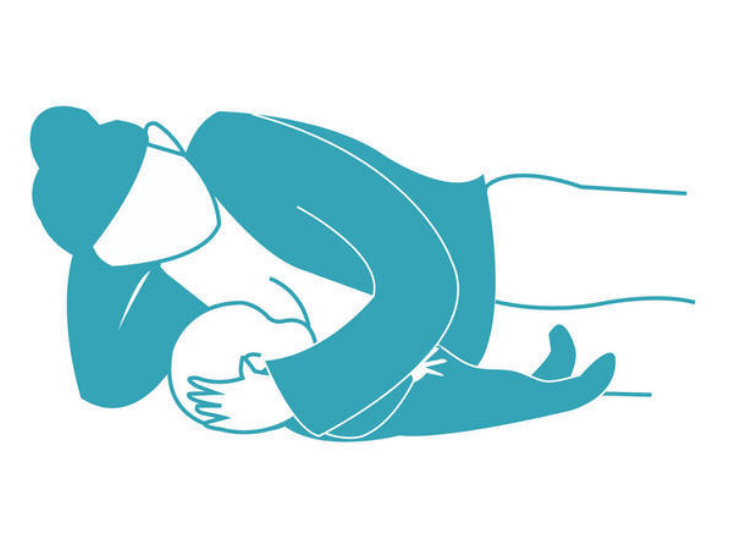
It is important that both you and your child feel comfortable. 1.2 It's good to learn a few different breastfeeding positions and techniques because life's circumstances often require us to be flexible, especially as your baby gets older and you start to leave the house more often.
Whatever position you choose to breastfeed your baby, remember a few simple rules.
- Prepare everything you need before feeding, including drinks, food, mobile phone, TV remote control, book or magazine. And do not forget to go to the toilet - the feeding process can take a long time!
- Make sure your baby is comfortable. Whichever position you choose, it's important to keep your baby strong, level, and provide good support for their head, neck, and spine.
- You should also be comfortable. Don't stress. If necessary, use pillows of different sizes or rolls of towels to support your back or arms.
- Make sure your baby is latching on correctly.
 Proper grip is the key to comfort when breastfeeding.
Proper grip is the key to comfort when breastfeeding. - If your baby does not latch on well or you experience pain while feeding, contact a lactation consultant for help. The specialist will also be able to show you how to hold your baby more comfortably.
1. Relaxed feeding or reclining position
The relaxed feeding position, also known as biological feeding, 1 is often the first position for most mothers. If, immediately after birth, the baby is placed on the mother’s chest or stomach, normally, he instinctively reaches for the breast and tries to grab the nipple. This phenomenon is known as the breast seeking reflex. Skin-to-skin contact stimulates the infant's feeding instinct, and gravity helps him to latch onto the breast and maintain balance.
But it's not just newborns that can be fed in the reclining position - this position is great for babies of all ages. It can be especially helpful if your baby does not latch well in other positions or does not like to be touched during feeding, and also if you have too much milk flow or too large breasts. Isabelle, a mother from the UK, shares her experience: “I had large breasts, and the baby was born small - 2.7 kg, so it was not easy to find a comfortable position at first. After a few weeks, it became clear that there was no “correct” posture for me. As a result, I most often fed lying down, putting the baby on my chest. ”
Isabelle, a mother from the UK, shares her experience: “I had large breasts, and the baby was born small - 2.7 kg, so it was not easy to find a comfortable position at first. After a few weeks, it became clear that there was no “correct” posture for me. As a result, I most often fed lying down, putting the baby on my chest. ”
It is more convenient to feed not lying flat on your back, but half-sitting, leaning on pillows. So you will have a back support and you will be able to watch the baby during feeding.
2. Cradle position
This is the classic
first thought of breastfeeding. Mom sits straight
, and the baby lies on her side on her arm, pressing his stomach against her stomach. 3 Although this is a very popular position, it is not always easy to master with newborns because it gives the baby less support. Try putting a pillow under your back, and put a special breastfeeding pillow on your knees and lean on it with your hands. So you can more reliably support the child, without overstraining your back and shoulders.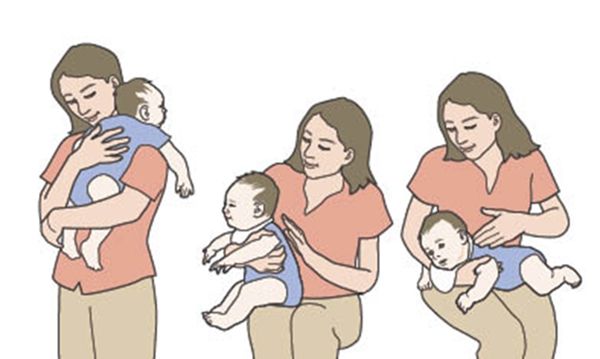 Just make sure that the baby does not lie too high on the pillow for feeding. The breast should remain at a natural level so that the baby can grab it without effort, otherwise sore nipples cannot be avoided.
Just make sure that the baby does not lie too high on the pillow for feeding. The breast should remain at a natural level so that the baby can grab it without effort, otherwise sore nipples cannot be avoided.
“I breastfed in the cradle position because it suited me perfectly! It was comfortable and I loved just sitting and looking at my little one,” recalls Rachel, a mother of two from Italy.
3. Cross Cradle
This breastfeeding position looks almost the same as Cradle, but the baby is on the other arm. 3 This gives your baby support around the neck and shoulders so he can tilt his head to latch on. This position is great for breastfeeding newborns and small babies, as well as for babies who do not latch well. Since the baby lies completely on the other hand, it becomes easier to control his position and you can adjust the chest with your free hand.
Julie, a UK mother of two, finds this position very practical: “I usually breastfeed my youngest in the cross cradle position.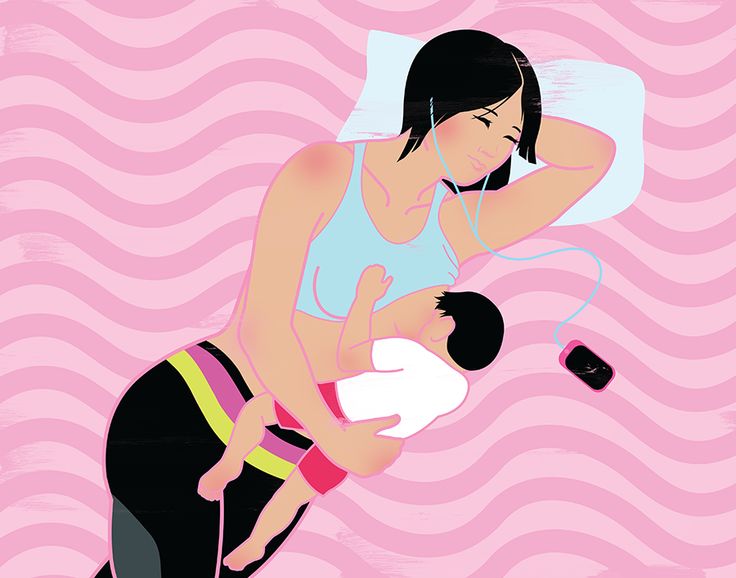 So I have a free second hand, and I can take care of an older baby at the same time. ”
So I have a free second hand, and I can take care of an older baby at the same time. ”
Do not hold the baby's head at first, otherwise you may inadvertently press his chin against his chest. Because of this, the child will not be able to take the breast deeply, because the nipple will rest against the base of the tongue, and not against the palate, which will lead to inflammation of the nipples. As the child grows, this position becomes more comfortable, and he can rest his head on your palm (as shown in the photo above).
4. Underarm breastfeeding
In this position, also known as the “ball grip”, the mother sits with the baby lying along her arm at the side, legs towards the back of the chair (or any other seat). 3 Another comfortable position for newborn breastfeeding, you can give your baby good support, full control of his position and a good view of his face. And the baby feels safe in close contact with the mother's body. This position is especially good for those who have had a caesarean section or a premature birth, as well as mothers of twins and women with large breasts.
“When I breastfed my first daughter, I had very large K-sized breasts—twice the size of her head,” recalls Amy, an Australian mother of two. - I put rolls of towels under each breast, because they were very heavy, and fed my daughter in a pose from under the arm, but only sitting straighter so as not to crush her. This position was also convenient because I had a caesarean section and could not put the baby on my stomach.”
5. Side-lying position
The side-lying position is ideal for a relaxed
nighttime feeding in bed or on the couch. If you had a
caesarean section or ruptures during childbirth, this position may be more comfortable than sitting down. 3 In this position, mother and baby lie side by side, tummy to tummy.
“It was difficult for me to sit during endless night feedings, firstly because of the caesarean section, and secondly because of lack of sleep,” recalls Francesca, a mother from the UK. “And then I discovered that you can feed your baby lying on your side and rest at the same time. ”
”
“Because of the short tongue frenulum, Maisie could only properly latch on to her breasts while lying on her side. The lactation consultant showed me how it's done. In this position, the flow of milk was optimal for my daughter, and it was easier for her to keep the nipple in her mouth. As she got older, she became much better at grabbing her breasts in normal positions,” says Sarah, mother of two from Australia.
6. Relaxed breastfeeding after caesarean section
If you can't find a comfortable position for breastfeeding after caesarean section, 3 try holding the baby on your shoulder in a reclining position – this does not stress the postoperative suture and allows you to breastfeed your baby comfortably. You can also try side feeding.
7. Sitting upright breastfeeding or “koala pose”
When breastfeeding in an upright position or “koala pose”, the baby sits with a straight back and a raised head on the mother's hip. 4 This position can be tried even with a newborn if it is well supported, but it is especially convenient for feeding a grown child who can already sit up by himself. The upright sitting position, or “koala pose,” is great for toddlers who suffer from reflux or ear infections and feel better sitting. In addition, this pose may be suitable for children with a shortened frenulum of the tongue or reduced muscle tone.
The upright sitting position, or “koala pose,” is great for toddlers who suffer from reflux or ear infections and feel better sitting. In addition, this pose may be suitable for children with a shortened frenulum of the tongue or reduced muscle tone.
“When my daughter got a little older, I would often feed her in an upright position, which was more comfortable for both of us, and I could still hold her close,” recalls Peggy, a mother from Switzerland. “Besides, it was possible to discreetly breastfeed her in public places.”
8. Overhanging position
In this position, the baby lies on his back, and the mother bends over him
on all fours so that the nipple falls directly into his mouth. 4 Some moms say this breastfeeding position is good to use occasionally for mastitis, when touching the breasts is especially unpleasant. Some say that this breastfeeding position helps with blockage of the milk ducts, although there is no scientific evidence for this yet. You can also feed in the “overhanging” position while sitting, kneeling over the baby on a bed or sofa, as well as reclining on your stomach with support on your elbows. Pillows of various sizes that you can lean on will help you avoid back and shoulder strain.
You can also feed in the “overhanging” position while sitting, kneeling over the baby on a bed or sofa, as well as reclining on your stomach with support on your elbows. Pillows of various sizes that you can lean on will help you avoid back and shoulder strain.
“I have breastfed several times in the 'overhang' position for clogged milk ducts when no other means of dissolving the blockage worked. And this pose seems to have helped. I think it's because of gravity, and also because the breasts were at a completely different angle than with normal feeding, and my daughter sucked her differently, ”says Ellie, a mother of two from the UK.
Feeding in the "overhanging" position is unlikely to be practiced regularly, but in some cases this position may be useful.
“I used to breastfeed in the overhang position when my baby was having trouble latch-on,” says Lorna, mother of two in the UK. - This, of course, is not the most convenient way, but then I was ready for anything, if only he could capture the chest. We succeeded and have been breastfeeding for eight months now!”
We succeeded and have been breastfeeding for eight months now!”
9. Breastfeeding in a sling or in a sling
Breastfeeding in a sling takes some practice, but it can be used to go out, look after older children, or even do a little household chores.
The sling is also useful if the baby does not like to lie down or is often attached to the breast. Lindsey, a mother of two in the US, notes: “I used the carrier frequently for both of my children. When we were out, I tied the sarong around my neck and covered the carrier with it. Under such a cape, the baby can eat as much as he wants until he falls asleep.
This breastfeeding position is best when the baby is already good at breastfeeding and can hold his head up by himself. Any slings are suitable for breastfeeding, including elastic and rings, as well as carrying bags. Whatever option you choose, the main thing is that you can always see the face of the child, and his chin does not rest against his chest.
10. Double hand-held breastfeeding
Double hand-held breastfeeding (or “double-ball grab”) is great for mothers of twins—you can breastfeed both at the same time and keep your arms relatively free. 4 When feeding in this position, it is advisable to use a special pillow for breastfeeding twins, especially at first. It will provide extra support and help keep both babies in the correct position, as well as reduce the burden on the abdomen if you had a caesarean section. In addition, the hands are freer, and if necessary, you can deal with one child without interfering with the second.
“My twins were born very tiny and had to be fed every two hours at any time of the day or night. Very soon it became clear: if I want to do anything besides feeding, I need to feed them both at the same time, - says Emma, mother of two children from the UK. “I breastfed them two by hand using a breastfeeding pillow.”
Other good positions for breastfeeding twins are two criss-cross cradles, one baby in the cradle and the other close at hand, reclining feeding, or sitting upright (one baby on one side, the other on the other).
11. Breastfeeding in the "hand-supported" or "dancer's hand" position
muscle tone (which is typical for premature babies, children suffering from various diseases or Down syndrome), try supporting his head and your chest at the same time. 4 Grasp your chest with your palm underneath so that your thumb is on one side and all the others are on the other. Move your hand slightly forward so that your thumb and forefinger form a "U" just in front of your chest. With the other three fingers, continue to support the chest. With your thumb and forefinger, hold the baby's head while feeding so that his chin rests on the part of the palm between them, your thumb gently holds the baby on one cheek, and your index finger on the other. So the baby gets excellent support, and you can control his position and see if he is holding his breast.
Literature
1 Colson SD et al. Optimal positions for the release of primitive neonatal reflexes stimulating breastfeeding. Early Hum Dev . 2008;84(7):441-449. - Colson S.D. et al., "Optimal Positions for Provoking Primitive Innate Reflexes to Induce Breastfeeding." Early Hume Dev. 2008;84(7):441-449.
Early Hum Dev . 2008;84(7):441-449. - Colson S.D. et al., "Optimal Positions for Provoking Primitive Innate Reflexes to Induce Breastfeeding." Early Hume Dev. 2008;84(7):441-449.
2 UNICEF UK BFHI [ Internet ]. Off to the best start ; 2015 [ cited 2018 Feb ]. - UNICEF UK, Baby-Friendly Hospital Initiative, Start the Best You Can [Internet]. 2015 [cited February 2018].
3 Cadwell K. Latching - On and Suckling of the Healthy Term Neonate: Breastfeeding Assessment. J Midwifery & Women's Health. 2007;52(6):638-642. — Cadwell, K., "Latching and sucking in healthy newborns: evaluation of breastfeeding." F Midwifery Women Health. 2007;52(6):638-642.
4 Wambach K, Riordan J, editors. Breastfeeding and human lactation. Jones & Bartlett Learning ; 2014. 966 p . - Wambach K., Riordan J., "Breastfeeding and female lactation". Burlington, MA: Publishing House Jones & Bartlett Learning ; 2014. Pp. 966.
Breastfeeding and human lactation. Jones & Bartlett Learning ; 2014. 966 p . - Wambach K., Riordan J., "Breastfeeding and female lactation". Burlington, MA: Publishing House Jones & Bartlett Learning ; 2014. Pp. 966.
Positions for breastfeeding | Medela
For most mothers, breastfeeding is a skill that needs to be learned. Therefore, mothers may need extra help in teaching breastfeeding skills. In particular, they may need guidance on how to position the baby and how to attach it to the breast in a way that is comfortable for both mother and baby. There are many breastfeeding positions that can suit every breastfeeding mother. It is very important that the mother always feels comfortable while breastfeeding. As a rule, the baby should be positioned so that his face is turned towards the mother's body, and the head, shoulders and hips are in line.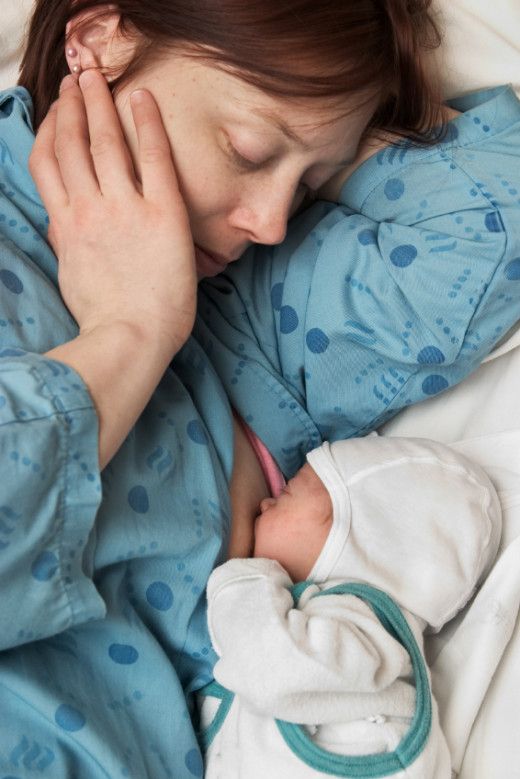 The most commonly used postures are cradle, cross cradle, grip, and side lying.
The most commonly used postures are cradle, cross cradle, grip, and side lying.
Share this information
Cradle position
Cradle position is the most common position for feeding a baby.
The mother's hand supports the baby at the breast. The baby's head lies next to the mother's elbow, while her arm supports the baby along the back and neck. The baby's chest should be turned to the mother's chest.
Cross cradle position
In the cross cradle position, the mother takes the child with her other hand (relative to the cradle position), supporting his head and neck. With the other hand, she can support the breast and, if necessary, squeeze it, so that it is more convenient for the child to grab the nipple.
In this position, the mother can easily guide the baby to the breast when he is ready to take her.
“Capture” position
The baby is located on the side of the mother, his body and legs are at her fingertips. The mother holds the baby's head in her hand. In this position, you can also put your hand on a pillow.
The mother holds the baby's head in her hand. In this position, you can also put your hand on a pillow.
This position may be optimal for mothers who have had a caesarean section because there is little or no pressure on the chest and abdomen in this position.
This position can also be beneficial for babies who are born low birth weight or who have problems latching on as the baby's head is fully supported in this position.
Side-lying position
Mother lies on her side facing the baby. The baby's mouth is on the same level as the nipple.
Mom can also use a pillow to support her back and neck.
This position may also be optimal for mothers who have had a caesarean section, as there is little or no pressure on the chest and abdomen in this position.
Literature
American Academy of Pediatrics and The American College of Obstetricians and Gynecologists. Breastfeeding Handbook for Physicians 2006).